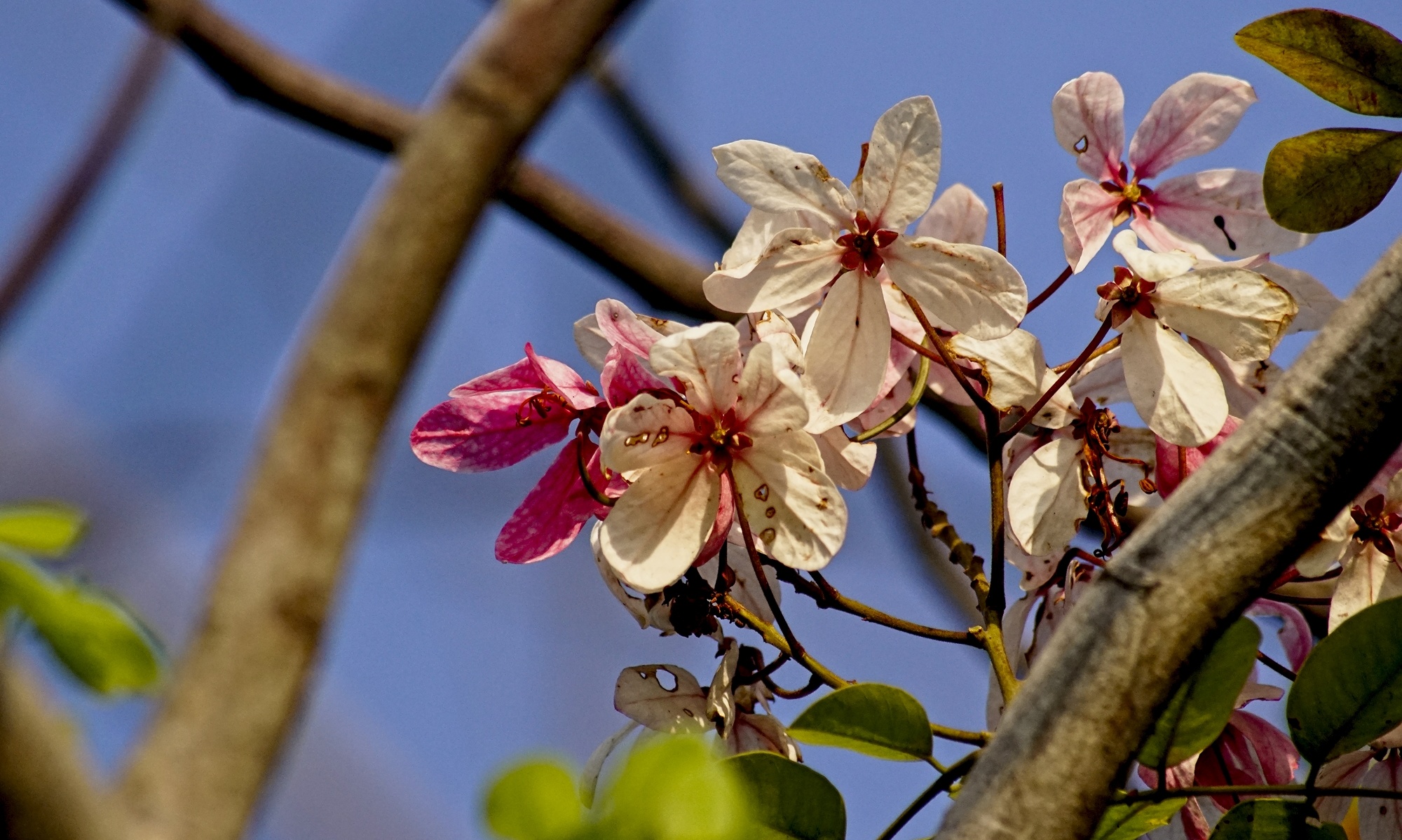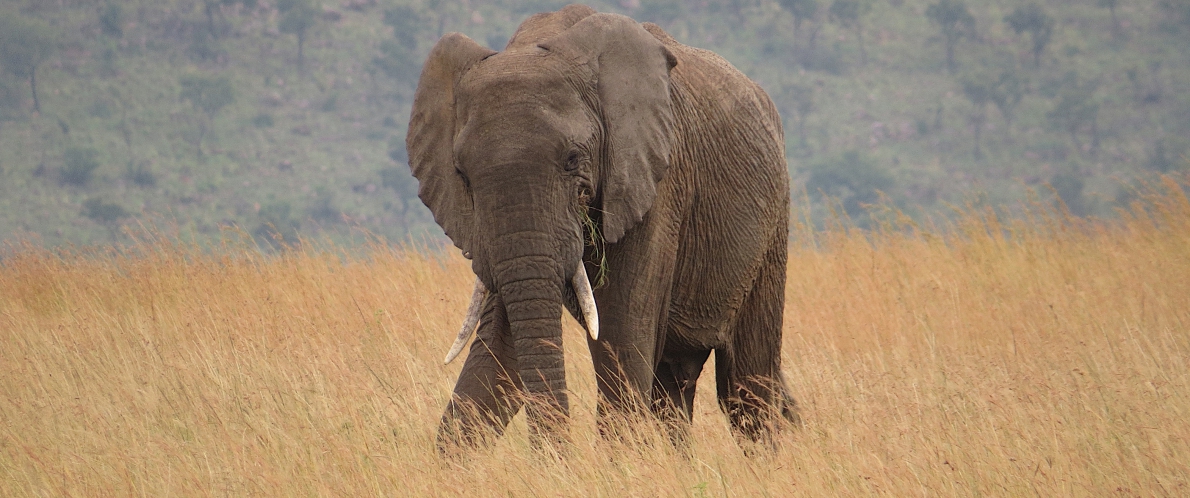The title above is the slogan I had put on the first banner I used for my photo sharing website The World is Beautiful and Fragile. And each photo on that banner had a sentence, in which often the message is that the continued existence of that species can be doubted because of the oncoming effects of climate change. For each species it is a question mark. It is without further study – primary, secondary or tertiary – not always possible to confidently state of a species whether it will adapt to climate change or not. I have since changed the banner, but have kept the introductory text on climate change – and you will see this same elephant looking at us, as if asking: and what about me? Because whether one is careful about predicting the demise of species, or whether one is more outspoken (with or without further arguments), the (upcoming) impacts of climate change are hard to overstate.
We are member of the Web of Life
Whether we like it or not, we are one of the hundreds of thousands of species that inhabit this earth, and we, as a species, rely on the ecological role we play as much as other species. Granted, human populations have over time developed lots of technologies to decrease limiting ecological factors. Food and shelter are obvious examples. From caves to huts to buildings, technology allowed lots of people to escape death from weather events, diseases, or, for instance, predators. The development of agriculture allowed a greater control over the availability of food. Food and shelter then, are just two among many factors that allowed people to live longer and in greater numbers.
All species change their environment to a lesser or greater degree to their benefit. Species that dig holes or building nests are essentially doing the same that people did by building houses: controlling access by predators, harmful temperatures, or e.g. storing food. A number of species of ants predate people in actively controlling temperatures inside their dwellings. As for food, certain species of, again, ants, actively control their food supply, by herding aphids. (See for instance http://insects.about.com/od/coolandunusualinsects/f/antsandaphids.htm)
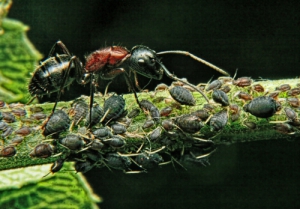
Yet, no species has moved the limits of ecological factors as much as we did. It may seem to some, therefore, that we have freed ourselves of our ecological role, and that, pried loose from the rest of nature, people can always survive.
Such thinking would be a mistake. Despite technological progress, people are and remain organisms that rely on a myriad of things in our immediate or wider environment. Some clear examples include the food we eat. To some it may appear as if food is not constrained by such factors: people visit supermarkets and buy meat, vegetables, rice, bread and a host of other things. Nevertheless, these are agricultural products, needing soil to grow, and their cultivation is determined by the local climate. Even those limits can be moved. Hydroponics is a system where plants can be grown in a watery environment, not needing soil. But even such systems are not free from diseases, and they still need fertilisers, be that organic or industrially manufactured. And besides, it’s hard to see all wheat, rice, potato and corn fields in the world – major staple crops on which the majority of people rely – replaced by a vast system of hydroponics.
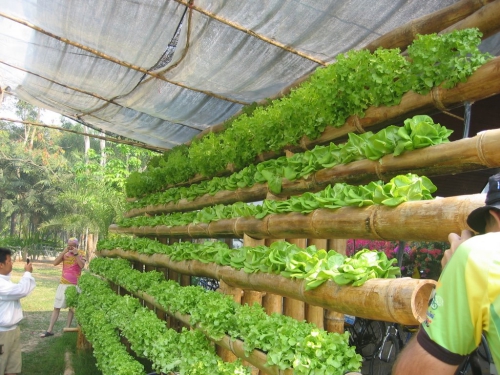

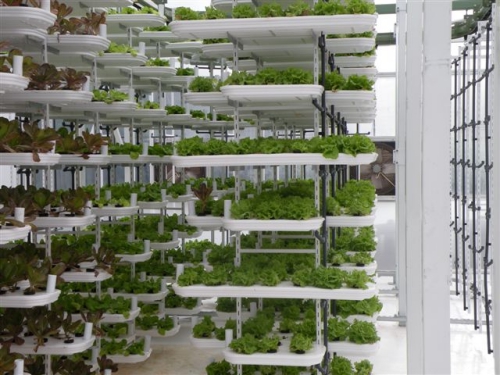
Another example form the micro-organisms in our digestive system, without which we would not be able to digest all the food we eat. Micro-organisms can also make us sick, periodically reminding us of those ties with the rest of nature, as the current ebola crisis grimly shows. And there are a good number of micro-organisms and fungi that allows us food items such as wine, cheese, beer, and spirits. Examples can be found too in recent weather events, where flooding cause damage, death and food shortages, and storms destroy houses and shelters, grim reminders of the discomfort and dangers of living without these.
Climate change
And this brings me then back to climate change. If we are so reliant on other organisms, then we should try our utmost best to keep these other organisms. But despite enormous ongoing conservation efforts, it is increasingly more difficult. Habitats are damaged or destroyed. Invasive species – species that do not belong in a given region, but have been introduced there, and thrive – outcompete native species. Overharvesting threatens the survival of certain species, such as is the case with the bluefin tuna – that has its own commission, the International Commission for the Conservation of Atlantic Tunas – or whales – which have theirs, the International Whaling Commission, on basis of an international convention, the International Convention for the Regulation of Whaling. Nevertheless, as all sorts of projects and programs show, these threats can be countered to a higher or lesser degree.
Climate change, however, has proved sofar to be beyond people’s capacity of arresting its threat by for instance effective behavioural change, or meaningful government policies (i.e. a real global decrease in greenhouse gas emissions). Greenhouse gas emissions are still rising: the World Meteorological Organisation found that in the last decade “the amount of greenhouse gases in the atmosphere reached a new record high in 2013, propelled by a surge in levels of carbon dioxide”. And the world is steadily growing warmer. The famous pause in temperature rise has found to be – as suspected – an expression of the capacity of world’s oceans to store heat. The oceans have gotten warmer, instead of the atmosphere. Once this capacity has been exhausted, warming of the atmosphere will go up, in an accelerated pace.
And this must be clearly said : unless we find the means to suck up enormous amounts of carbon dioxide and other greenhouse gases, climate change cannot be reversed. We can still only try to minimise the changes.
What then can we expect. Sea level rise, of course. Recently, the thawing of an antarctic ice shelf has been assessed as signifying an unstoppable and irreversible process of melt. Also changes in temperatures: record heats and colds have been measured for a number of years. See for instance this map of NOAA with land and ocean temperatures for August 2014:
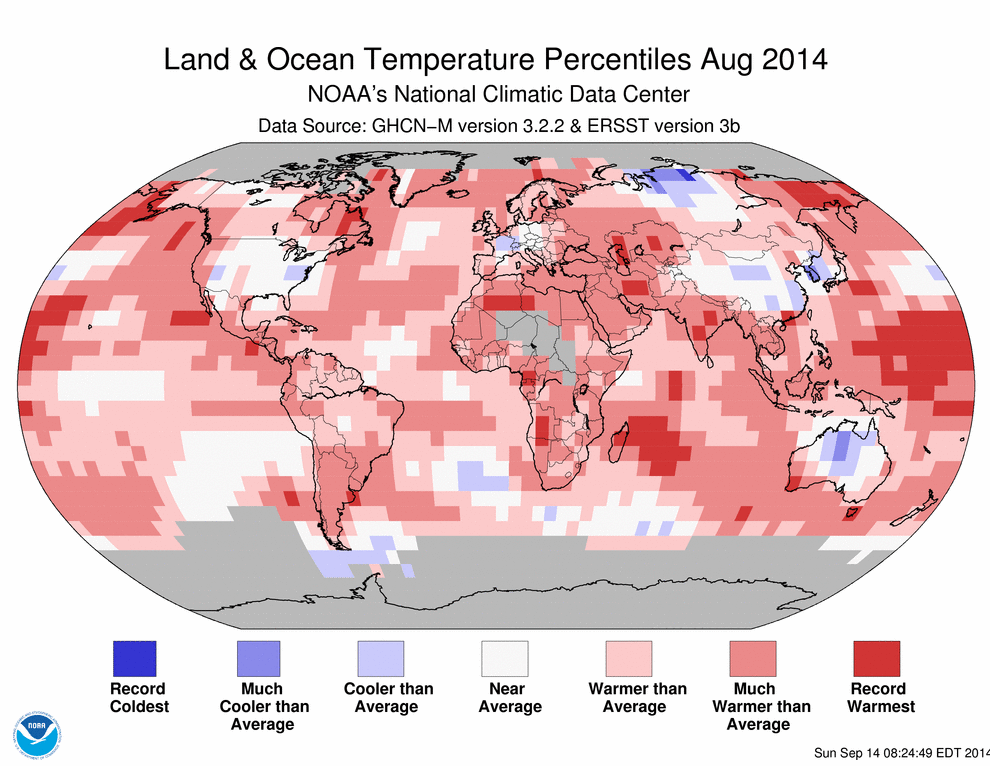
There is hardly an area that is showing the average temperature for August, and the vast majority of territory shows a higher temperature. NOAA goes on to say that “August marked the 38th consecutive August with a global temperature above the 20th century average. The last below-average temperature for August occurred in 1976.” In general the weather has already become, and will be more, unstable with more extremes in heat and cold, drought and excessive rainfall. Just today, an article in The Independent reported on research of Cornell University that concluded that the risks of experiencing megadroughts (droughts that last for 35 years or longer) are now high.
What does this all mean for biodiversity?
The Convention on Biological Diversity says this on its website:
“It is now widely recognized that climate change and biodiversity are interconnected. Biodiversity is affected by climate change, with negative consequences for human well-being, but biodiversity, through the ecosystem services it supports, also makes an important contribution to both climate-change mitigation and adaptation. Consequently, conserving and sustainably managing biodiversity is critical to addressing climate change.”
Deepening all that is something for a next post. For now I just wonder which species will have enough adaptability to maintain ecosystem functions, considering that where species have evolved in the context of slower processes than the current climate change one, which operates on a timescale of significant environmental changes in decades rather than in millennia. And where attention goes, naturally, to easily to see or notice species or groups (mammals, fish, shellfish, agricultural crops), lots of other species or groups don’t get the attention they deserve: fungi, butterflies, bees, bacteria.
Climate change action
The IPCC, Cornell University of the megadrought report, and a host of other authors and institutions predict enormous problems for the coming decades. Agriculture will be severely affected. The food security as we have known it in the developed world since after World War II will disappear. And we haven’t even talked yet about the seas and oceans growing more acid, effecting fish and shellfish populations. Seen from these apocalyptic perspectives, all the ongoing things like the genteel Scottish independence, brutally establishing an islamic caliphate, or e.g. surreptitiously bringing back the Soviet Union, seem like futile struggles, whose importance and realisation will pale once climate change effects begin to bite more intense.
Clearly, it seems, there is reason for climate change action. The UN is trying to lay the grounds for a meaningful global agreement in 2015 as of 23 september. Not everyone is convinced that politicians will do enough. Avaaz, an activist online-petition network, organises an online petition to submit to the UN – which you can sign here – and seeks to galvanise and coordinate protest-events world-wide so you can find one near you to join it.
